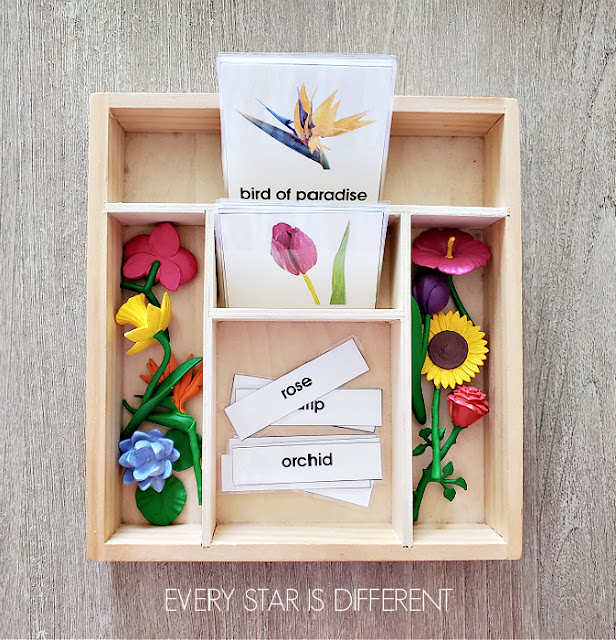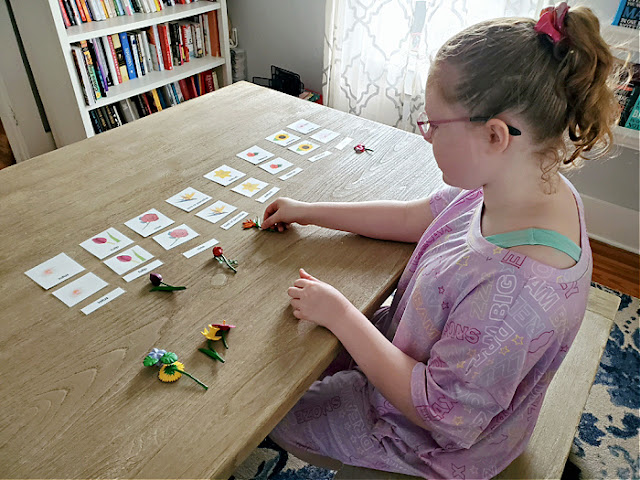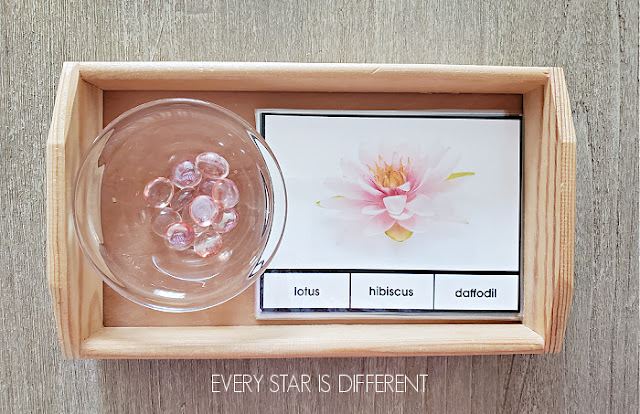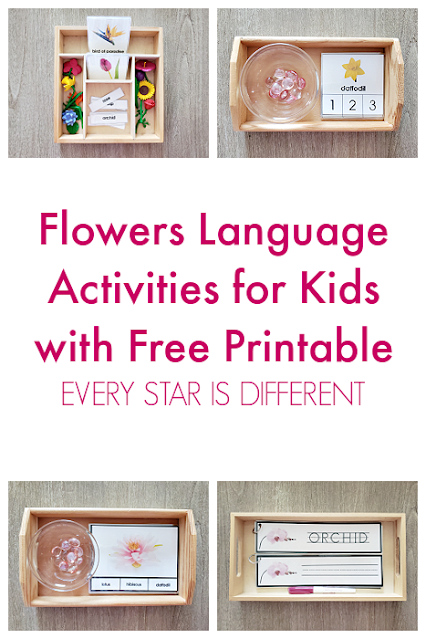Addressing behaviors and setting boundaries with a child who has Reactive Attachment Disorder (RAD) or complex trauma are some of the most dreaded responsibilities of caregivers.
It's rare that a battle doesn't follow, which can lead to some pretty significant consequences for everyone in the home.
At times caregivers tend to let things go, because they're already walking on eggshells and don't want more issues.
The trauma is real.
Over the years we've discovered some ways that help when addressing behaviors and setting boundaries.
We have two children with Reactive Attachment Disorder, total opposites of each other in the way they present. This method has worked with both of them.
We hope it can help you too.
Please be aware, that the method in this post is for addressing behaviors and setting boundaries in situations where behaviors have already occurred and all parties are calm and regulated.
If you're looking for guidance in how to handle situations that arise in the moment, be sure to check out the post below.
4 Steps to Managing Aggressive Behaviors in Children
There comes a time on almost a daily basis that a caregiver realizes a child with RAD or complex trauma has done something that needs to be addressed, with a new boundary often needing to be set.
In these circumstances, we have found that there many approaches that do NOT work, and one that tends to yield the best results.
Here's how it works.
Reactive Attachment Disorder: How to Address Behaviors
1. It Happened
2. Deal with It
Once a statement has been made by the caregiver to the child with Reactive Attachment Disorder, it is followed with a natural or logical consequence, and/or an explanation of what will happen if the behavior continues.
I do not initiate this process of addressing behaviors until I have come up with a natural or logical consequence and/or an explanation of what will happen there is another occurrence.
In the instance regarding the carpet smelling like pee, I ask Sunshine to go get the carpet cleaner and washcloth so we can clean things up and get rid of the smell.
So long as Sunshine doesn't feel threatened or defensive, she usually complies. If she doesn't, time stops until the carpet is cleaned. This means nothing else happens until it is done.
After the carpet is clean, which may or may not require my help, I explain that peeing on the carpet is considered destruction of property in our home.
If Sunshine chooses to pee in her room, instead of in the bathroom on the toilet, her carpet, stuffed animals, and clothing will be removed from her bedroom, to ensure that they aren't ruined and are clean when she needs them.
All of this is stated very calmly and matter of fact. Once I know that Sunshine understands what happens if she chooses to pee in her room again, we move on.
3. Move On
Choosing to move on once a behavior is addressed can be the hardest part of the process, especially if emotions are still big and/or the RAD child denied the behavior all together.
It may feel necessary to demand an apology or amends, but that usually only leads to more battles.
If the RAD child is capable of feeling remorse, an apology will come when she's ready, sometimes completely out of the blue in a day or two.
If a RAD child is not capable of feeling remorse yet, an apology is just two words that are said because she has to say them. They mean absolutely nothing.
Some caregivers may feel compelled to dish out punishments, lecture, or pile on consequences unrelated to the incident. These responses only create more battles in the end.
Instead, state that it's time to move on. Invite the child with Reactive Attachment Disorder to do something with you that shows no matter what, you still love them.
The invitation could be as simple as asking if the child would like to listen to music while finishing a routine and letting her choose the tunes.
In some cases, moving on may require more effort. When this occurs, go along with your child's most preferred love language and start there.
Extending an outpouring of love after a behavior may seem backwards or like you're rewarding negative behaviors, but with a RAD kid these actions do the opposite.
You are teaching her that a caregiver's love is not conditional and related to behaviors.
You are teaching her to move on, which is extremely important. A child with Reactive Attachment Disorder and complex trauma becomes "stuck" very easily, which leads to more behaviors.
Moving on also shows your child with Reactive Attachment Disorder that you're moving on, which is incredibly important.
Moving on takes so much pressure off of the child.
Defenses lower.
The chance of a fight, flight, or freeze response lessens.
When a child with Reactive Attachment Disorder senses that it's safe to talk about anything and everything she will because there's no fear of "What happens if?"
Positive experiences after addressing a behavior provide these opportunities.
More than anything a caregiver wants to know what's going on in a RAD child's head.
Be ready to listen without judgement.
Don't try to fix things.
Validate feelings even if you feel they are backwards or wrong.
Be prepared to hear some pretty unhealthy thoughts.
Behaviors are communication.
When we provide opportunities for safe communication, negative behaviors lessen.
And that's what we want as caregivers more than anything!
Acknowledge that a behavior happened.
Deal with it as quickly and kindly as possible.
Then move on!
Though all of this may be incredibly difficult to do, it's possible and helps so much!
For those who would like more resources when caring for a child with Reactive Attachment Disorder, be sure to subscribe to our free newsletter by clicking the link below.
Click HERE to Subscribe to our FREE Newsletter
If you liked this post, you may also enjoy the resources below.

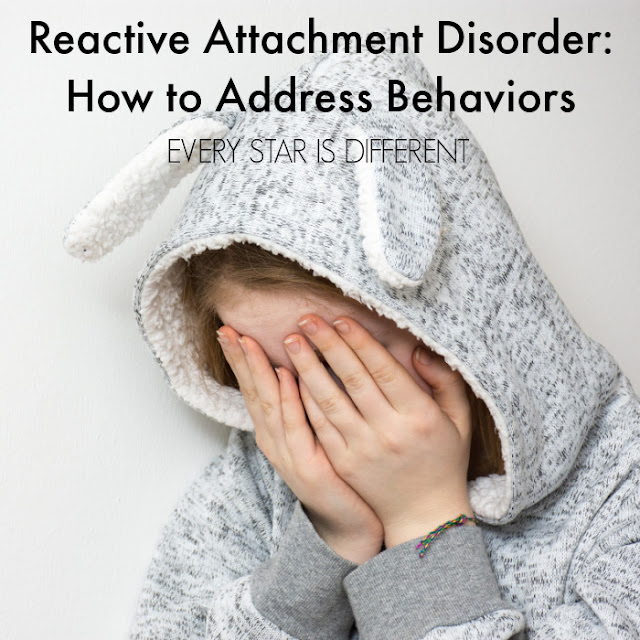


















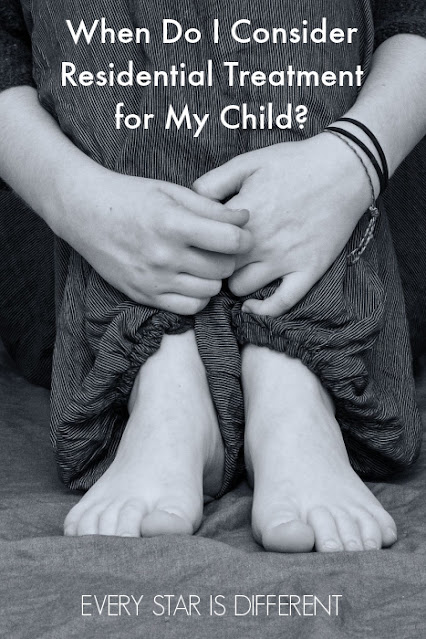

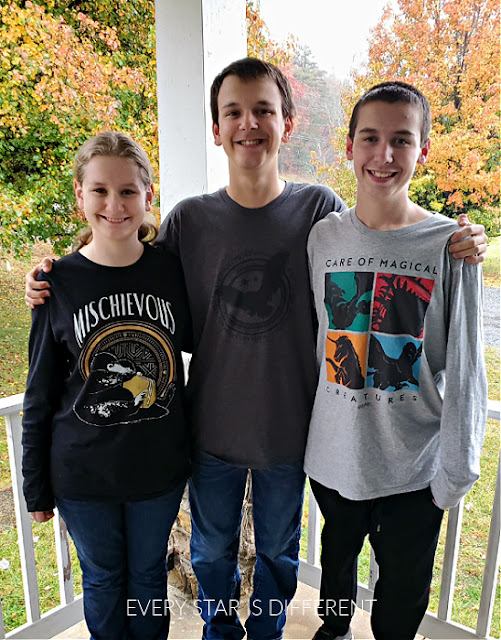

.jpg)


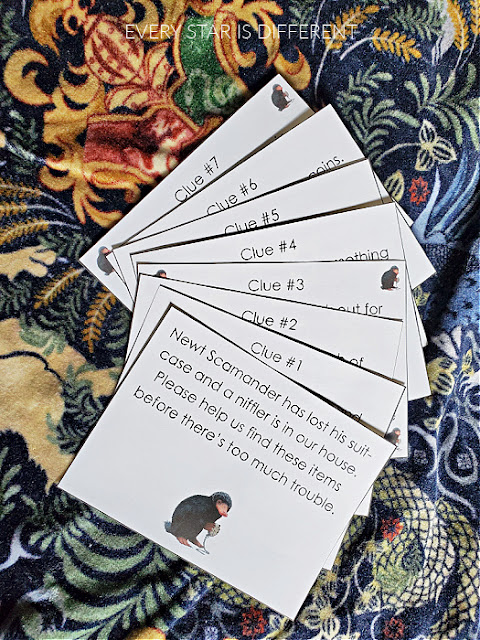
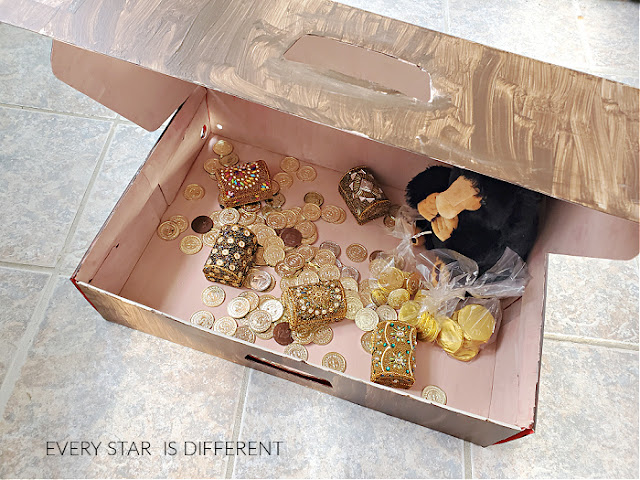

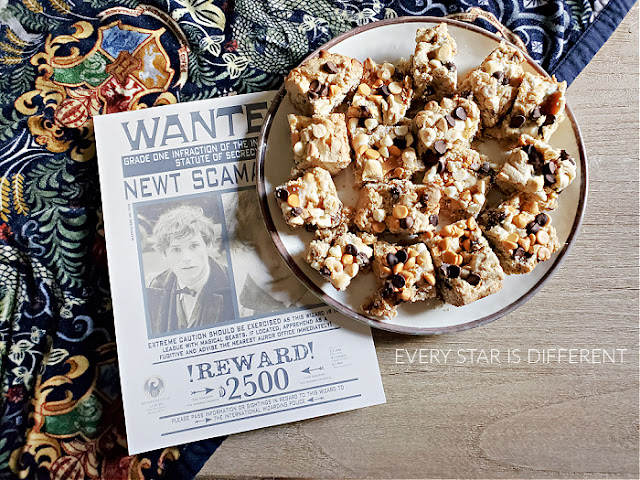




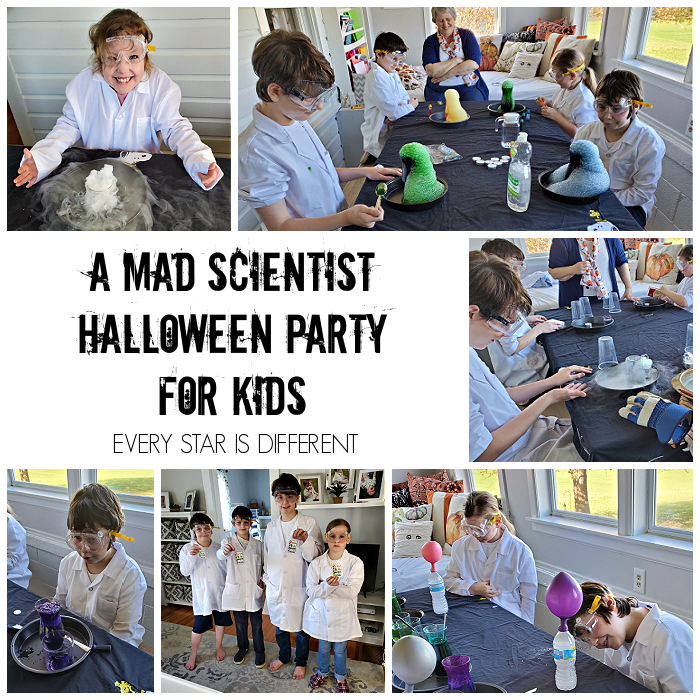



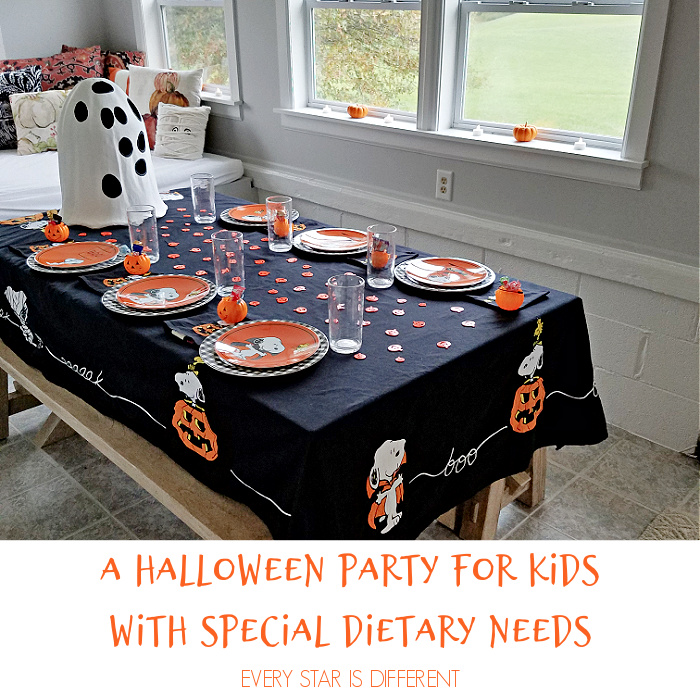

.png)

